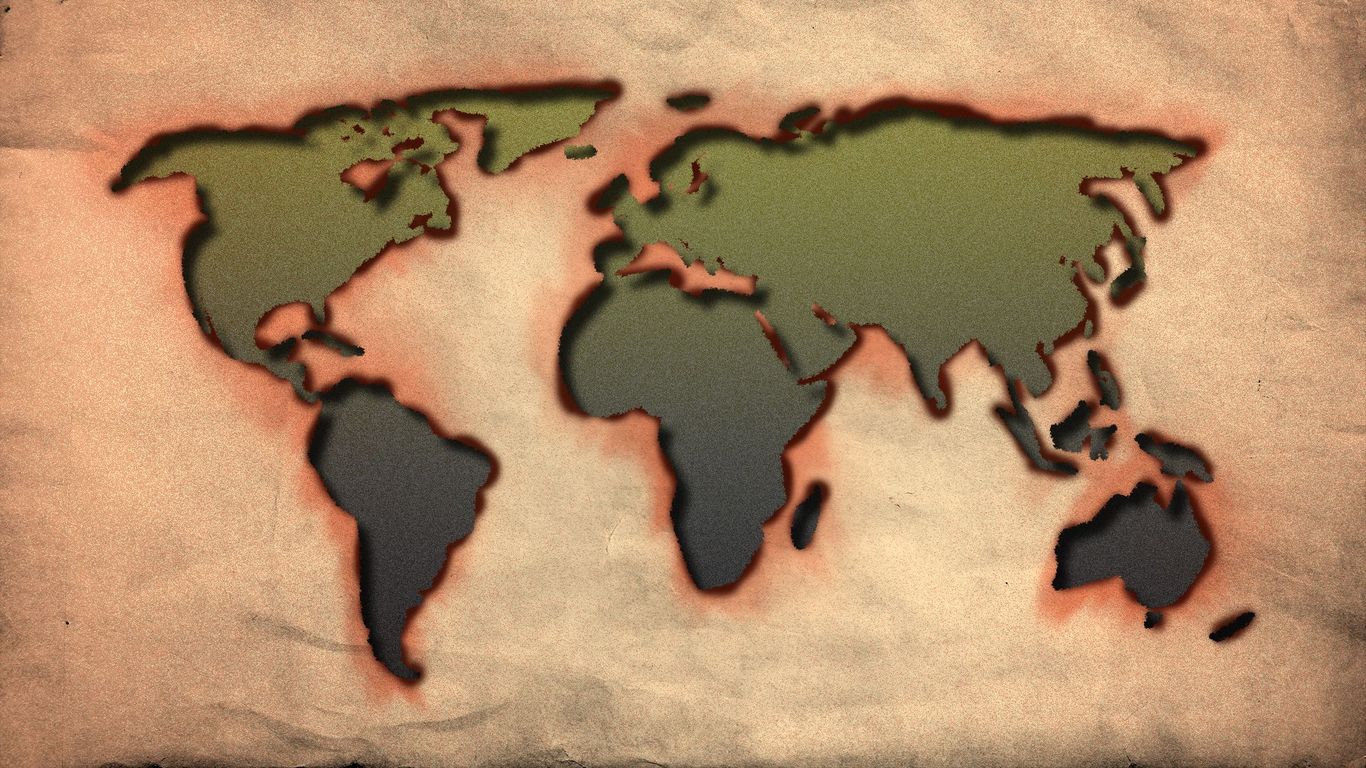ADevilYouKhow
Rhyme Reason

If Your House Were Falling Off a Cliff, Would You Leave?
Homeowners along the eastern coast of England are watching the North Sea swallow their communities. Help is on the way — but only for some.








The intrigue: They find two peaks in population density, one associated with a mean annual temperature of about 13°C (55.4°F), and the other tied to more tropical climates, at 27°C (80.6°F).
- The nearly 1.2°C (2.16°F) increase in global average surface temperatures to date has already knocked more than 600 million people out of the "human climate niche" in which society has historically thrived.
- The researchers of the study, published Monday in Nature Sustainability, define that niche by looking at how human population density varies with temperature and precipitation.
- Outside of these temperatures, conditions tend to be either too wet or dry, or too hot or cold, for high concentrations of people to thrive, the study states.
Of note: The study found that if countries only meet existing emissions reductions based on current policies, and warming were to reach 2.7°C by 2100 (4.8°F), the top 5 countries most vulnerable to unprecedented heat (based on the number of people exposed) would be India, Nigeria, Indonesia, the Philippines and Pakistan.
- In this scenario, up to a third of humanity would be exposed to such extreme heat and be well outside the human climate niche, the study found.

